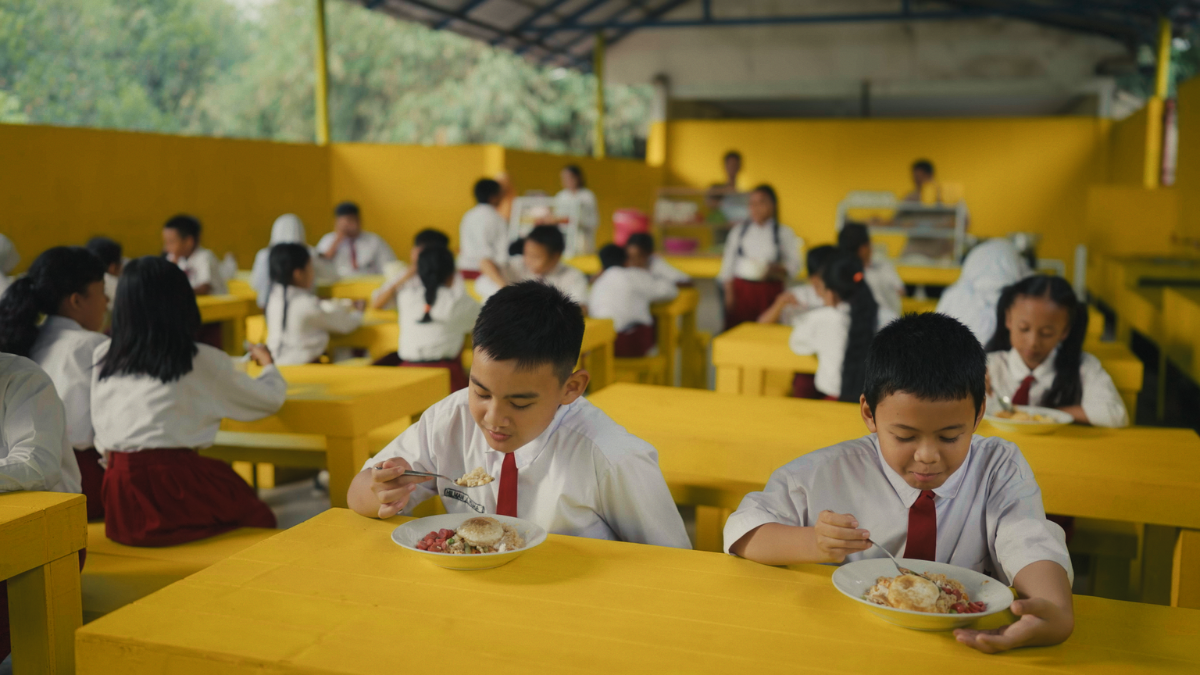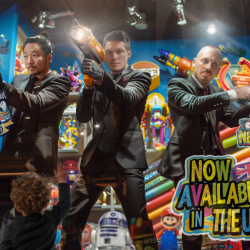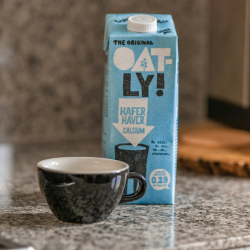This month, Dulux Indonesia launched Project Yellow Canteen — a social responsibility project aimed to create healthier dining environments for school students.

They teamed up with INNOCEAN Indonesia and uncovered an unusual, useful insight; flies hate yellow. Since then, Dulux have painted canteens across the country vibrant yellow, fostering cleaner and healthier dining spaces.
Our Editor-at-large Natasha Randhawa sat down with INNOCEAN Indonesia’s Head of Digital Creative, Alvin Ho, to dig deeper into this innovative fusion of care, creativity, and community impact.
Hi Alvin, it’s great to chat with you. Project Yellow Canteen was inspired by Indonesia’s hot, humid climate — but how did the focus land on improving schools? Can you tell us a little more about how the campaign came about?
Thank you, Natasha, for having me here. The inspiration behind Project Yellow Canteen primarily comes from my personal experience. My colleague’s child frequently suffered from diarrhoea, and I often observed children playing during meal times, leaving their food unattended on the table. Fortunately, their parents were there to chase the flies away.
This made me think about what might happen if the parents or guardians were not around. The children could potentially fall seriously ill from food poisoning. These thoughts sparked my interest, and when we began discussing solutions internally, the first place that came to mind was the school canteen, where children are often barely supervised by any adults. That’s how it began.
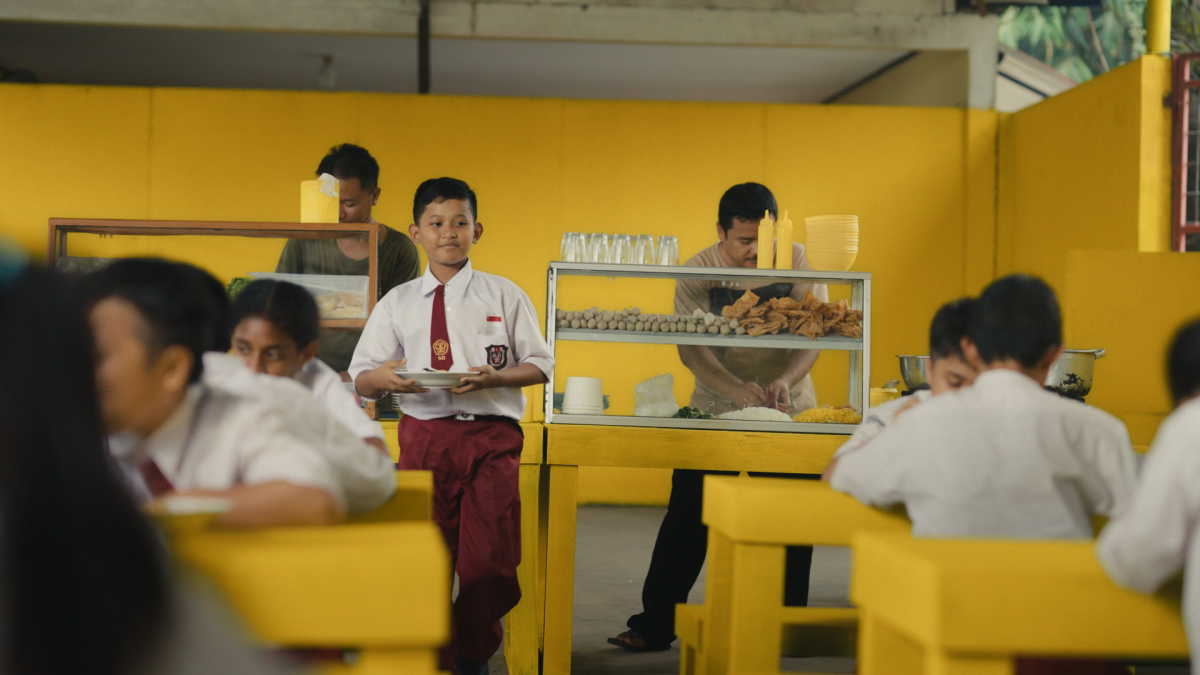
There’s a clear purpose-driven narrative at the core of this initiative. Does defining a clear purpose foster better collaboration and synergy between brand and agency side teams?
Yes, absolutely. I firmly believe that agencies and clients need to be open and courageous to produce meaningful work. When the client is supportive, and the agency is aligned with the work, great results can be achieved through close collaboration with a shared goal. The process was quite straightforward: we identified the insight, developed a simple yet impactful idea, and the client’s belief in it, along with their full support, reassured us that we were on the right path to create the world’s first canteen that repels flies.
Every successful campaign leaves a legacy. How do you measure the long-term impact of initiatives beyond immediate statistics? What indicators define sustained success, not just in terms of numbers but in the lasting influence on the community’s perception of care?
The Yellow Canteen, which is already established in the country, is here to stay. It’s likely that schools will refurbish it in yellow, as they already recognise the benefits of the colour yellow. The main objective of the Yellow Canteen is not only to help repel flies as a one-off activity but also to educate school communities about the benefits of repelling flies.
The Yellow Canteen serves as a statement from the school that they care for their students, not only in education, but also in their well-being and hygiene. I firmly believe that all schools prioritise care for their students, which ultimately extends to other aspects.
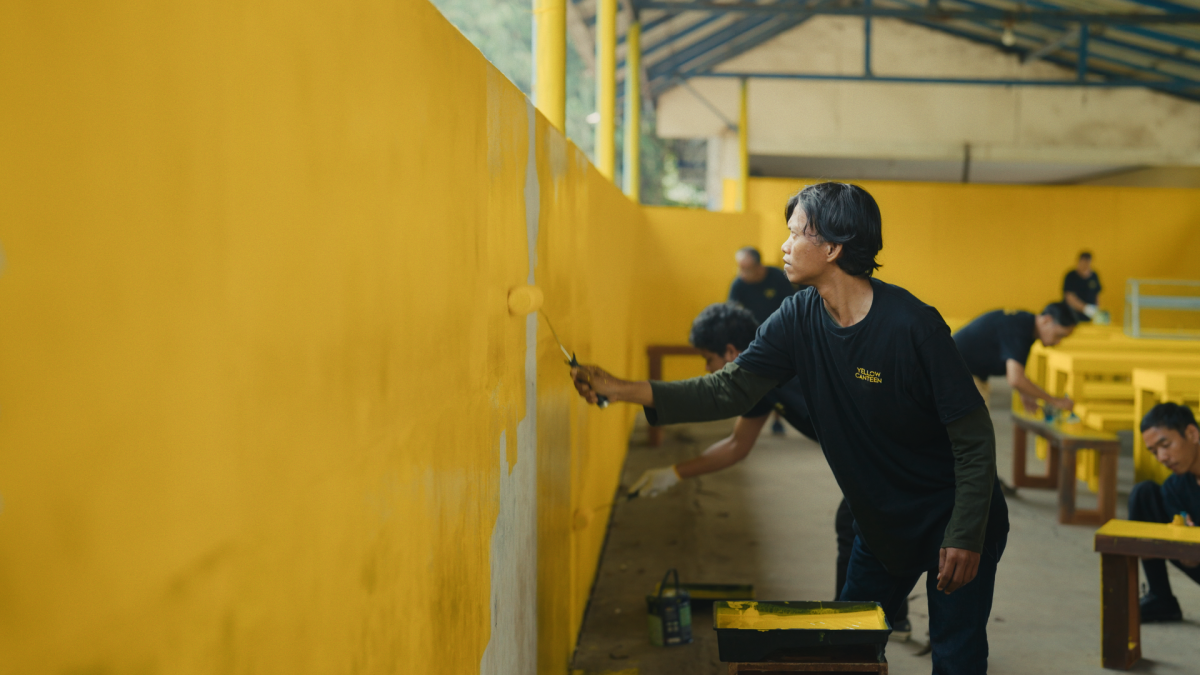
The project’s focus on student wellbeing indeed brings attention to broader societal issues. The campaign is part of Dulux’s corporate social responsibility initiative. How responsible is the creative industry for prompting larger conversations around health, hygiene and care in institutions? In terms of this project and your wider work, what cultural nuances need to be taken into consideration?
On top of handling our daily work for our clients, we at INNOCEAN always believe in creating something for good. Children are the future of a nation, and it’s our responsibility to nurture and provide them with the right platform to excel. Instead of looking elsewhere and targeting broader societal issues, we have chosen to focus on something closer to our hearts: children.
Health and care are often seen as mundane. During the Covid-19 period, we witnessed the significant role played by the creative industry as it transformed to produce works that not only showcase care but also consider health sensitivities in an interesting way. We work for several markets in the region, so we have to understand that each country has its own distinct behaviour and culture that must be respected.
Therefore, it’s all about understanding and respecting the landscape of the country and working around the cultural nuances. This is crucial, as ASEAN countries are incredibly diverse, particularly in terms of school hygiene, facilities, and student behaviour across different nations.
We often conflate innovation with complexity, but this project shines in its simplicity. As a creative, what lessons have you learned from this project? Did it open new perspectives on the relationship between creativity, innovation and care?
Innovation always begins with a purpose. Many of the things we now take for granted, like smartphones, are the results of creativity, care, and innovation, aimed at enhancing our connections with loved ones. I firmly believe that all innovations are born from a desire to provide a certain level of care to people. As a creative professional who places a strong emphasis on digital and innovation, I tend to seek ideas that don’t require excessive complexity or cost to benefit individuals. I learned that the best ideas are those that are both innovative and easy to adopt, ultimately improving the lives of those they touch.
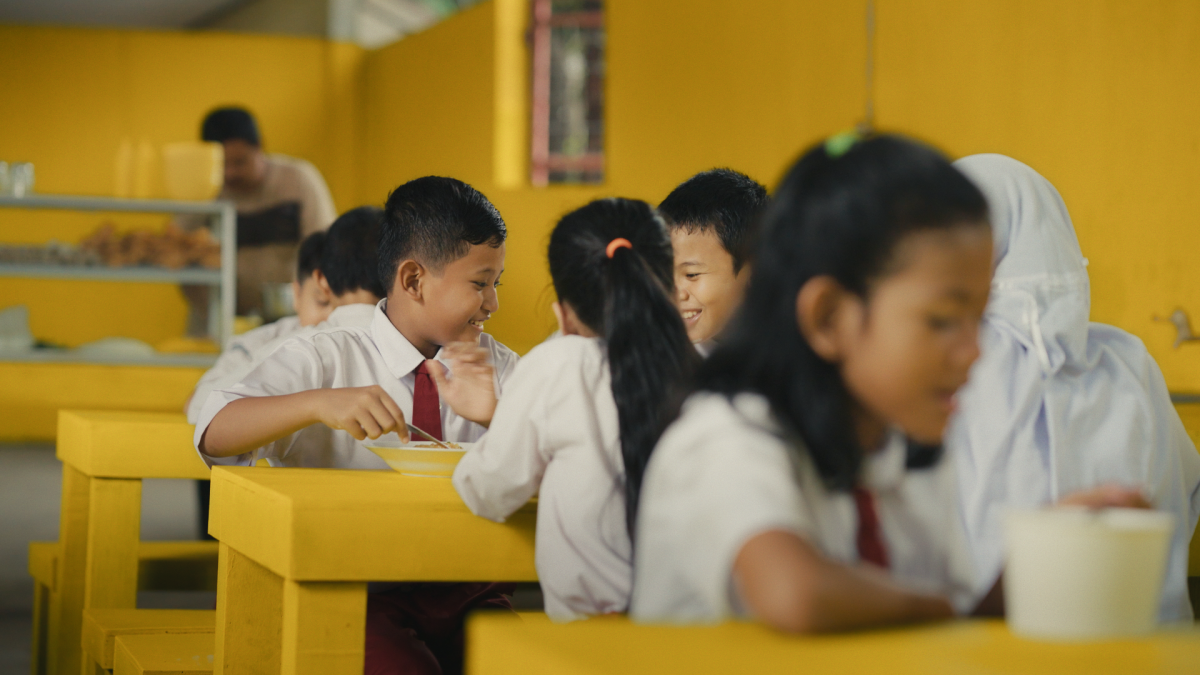
The rise of social responsibility initiatives by brands is currently reshaping corporate landscapes. What strategic advice would you give brands looking to create impactful campaigns and positive change in communities?
Yeah, I’ve always admired brands that contribute to the well-being of people and the world. In fact, most brands, whether big or small, are doing so. However, as a creative professional, an adman, I’m particularly interested in how the brand I work for can distinguish itself from competitors and forge closer connections with the audience.
To create more impactful campaigns and effect positive change in communities on behalf of a brand, the key element is relevance. The idea and execution must align with the brand’s values, product understanding, and incorporate insights that resonate with the brand.
Featured image: Yan Krukau / Pexels

















